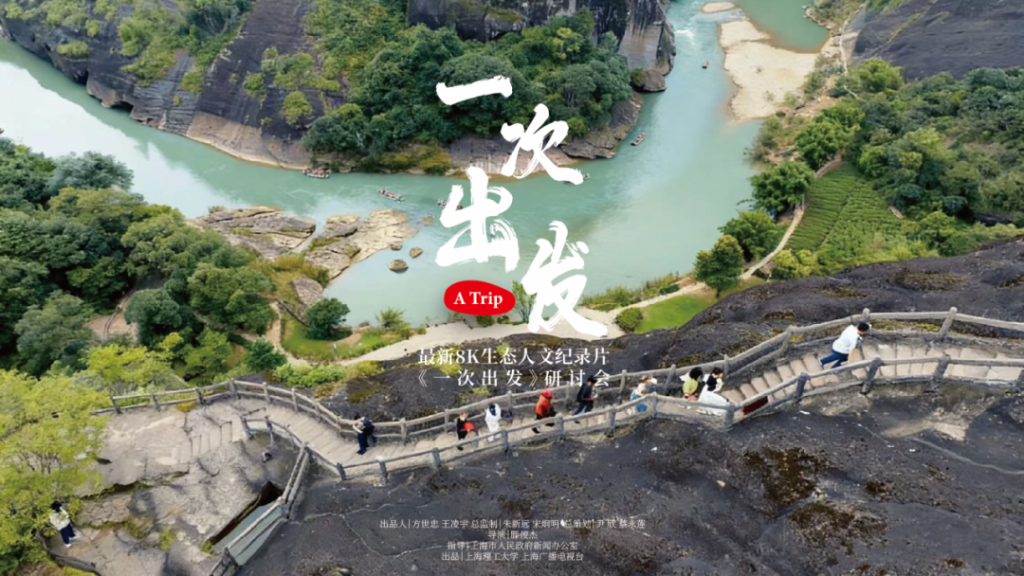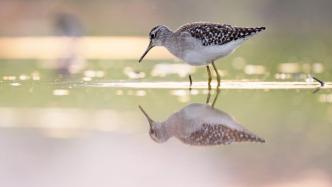
Phoenix Satellite TV's 2023 large-scale cultural public welfare project "Hong Kong Nature Story" held a launching ceremony at Phoenix Satellite TV's Hong Kong headquarters on April 13. The project was jointly initiated by Phoenix Satellite TV Group and WWF Hong Kong Branch, jointly produced by Phoenix Satellite TV Group and China Resources Group, and received full support from the Hong Kong Special Administrative Region Government.
Wang Xiangming, Chairman of China Resources Group, Wen Hongwu, General Manager of Bauhinia Culture Group, Xu Wei, Chairman and Chief Executive Officer of Phoenix Satellite TV, Sun Yusheng, Executive Deputy Chief Executive Officer and Editor-in-Chief of Phoenix Satellite TV, Huang Biyin, Chief Executive Officer of WWF Hong Kong Branch, and Polar Museum Fund Founder Li Leshi attended the launch ceremony as the officiant guest.

Launching Ceremony. The picture in this article is provided by Phoenix Satellite TV
Xu Wei said at the launching ceremony that, as an international media group based in Hong Kong, the original intention of Phoenix Satellite TV to launch the "Hong Kong Nature Story" project is to be grateful and love Hong Kong. "We hope that through Phoenix Satellite TV Group's all-media communication and all-platform interaction at home and abroad, it will attract more attention from the international community and make the vitality of Hong Kong's natural culture a part of Hong Kong's international influence."
The "Hong Kong Nature Stories" project uses the perspective of human geography and international expression. Taking Hong Kong as a model, it tells the unknown nature stories of Hong Kong to global audiences from six scenes of rocks, forests, waterfronts, oceans, fields, and wetlands. The project will launch a series of documentaries, documentary films and other top products with international standards. Through Mandarin, Cantonese and English, the natural beauty of Hong Kong and Hong Kong's sustainable development experience will be displayed to the world and audiences all over the world. Provide a very healing audio-visual enjoyment, and provide an example of how the world can coexist in the post-epidemic era.
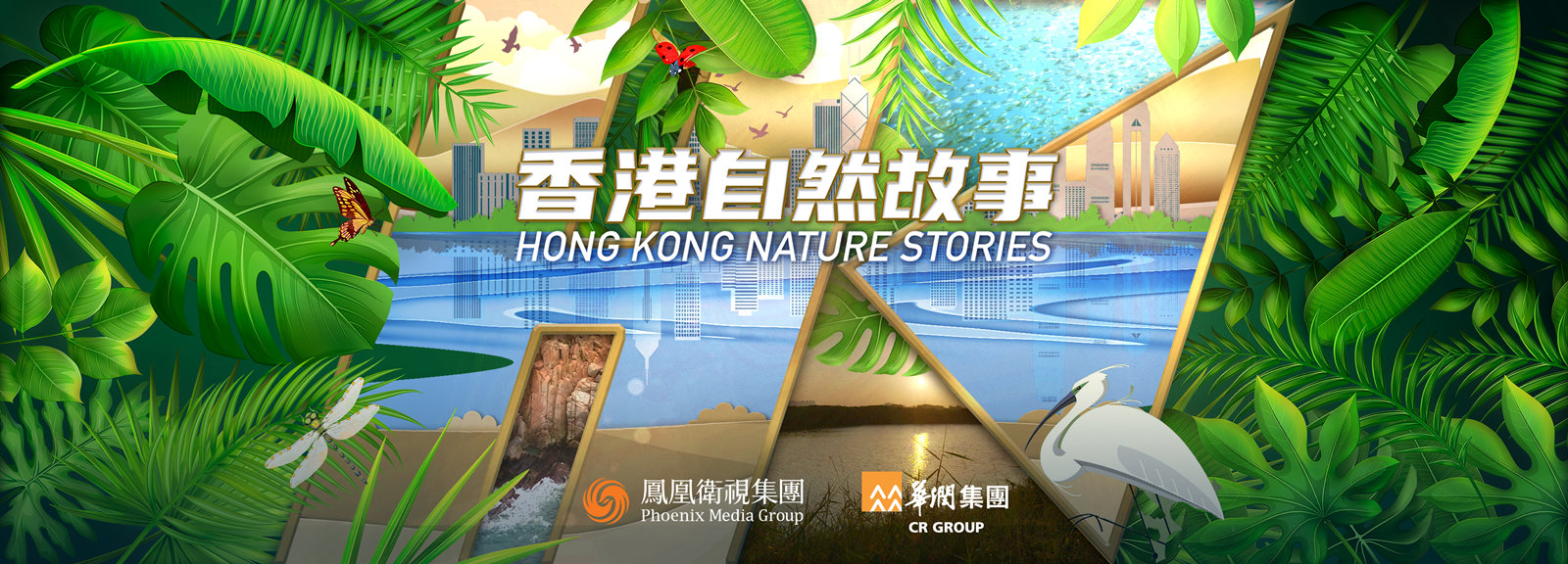
"Hong Kong Nature Story" poster
Recently, reporters from The Paper came to the Hong Kong headquarters of Phoenix Satellite TV to meet and interview with the main creative team of the "Hong Kong Nature Story" project one by one. As the chief planner and producer of "Hong Kong Nature Stories", Ye Yang, deputy director of the Chinese channel of Phoenix Satellite TV, talked about the origin of the project. , Hong Kong is well known for its wealth, fashion and prosperity. However, her rich natural ecological environment and biodiversity, world-class ecological conservation level, and successful urban sustainable development model are not generally understood by the world. "Love every inch of mountains and seas in Hong Kong, because she is worth it. From chaos to order, all Hong Kong people hope to return to normal life as soon as possible. Now is such a healing stage. We are also thinking about doing something for this lovely city Order something."
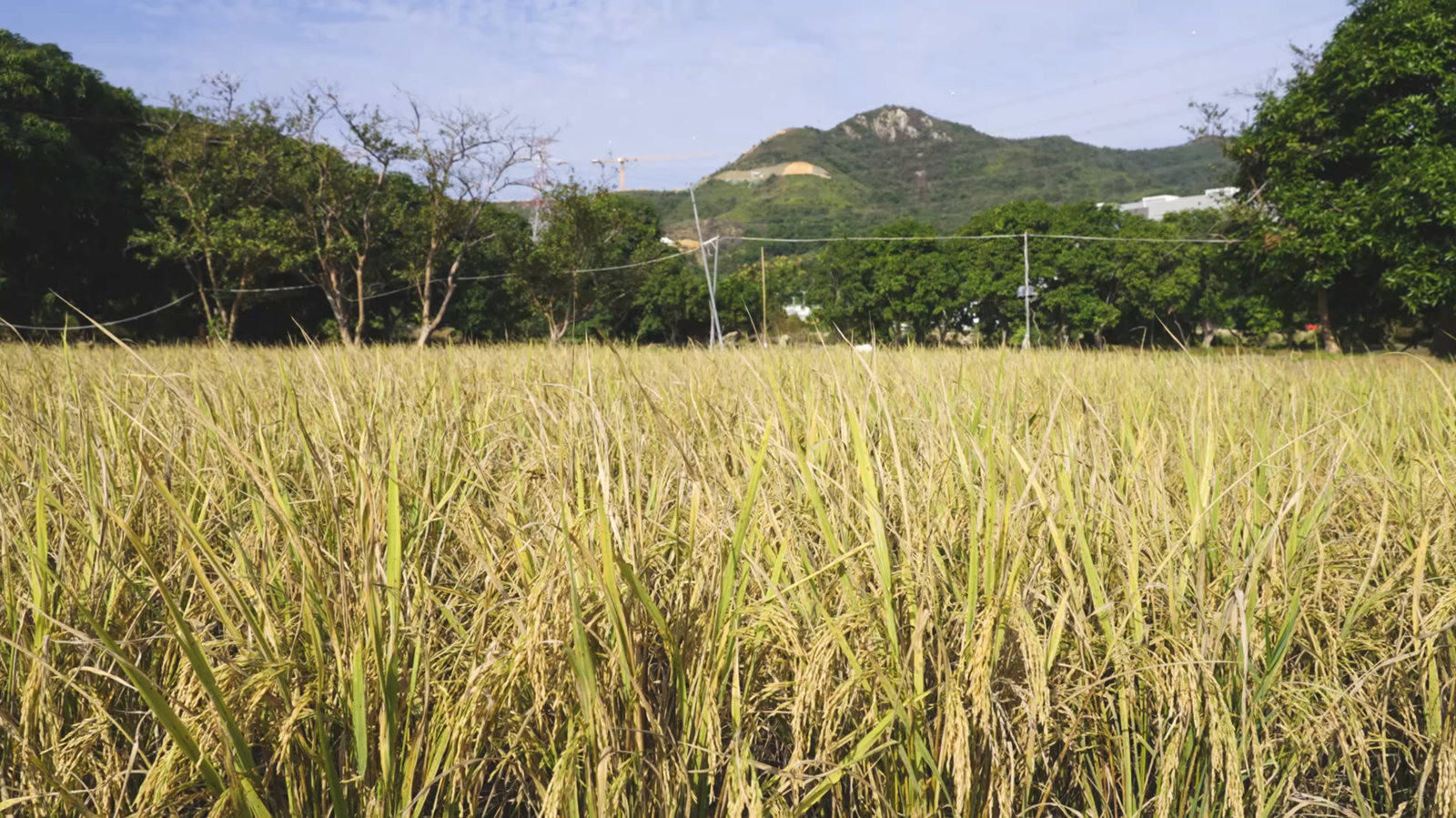
"Hong Kong Nature Story" Stills, Tian Ye
"The city and nature are embedded and integrated into each other, which is what Hong Kong should have been"
When it comes to Hong Kong, the labels of financial center and shopping paradise have long been engraved in the hearts of the world. In this regard, Ye Yang expressed different views with a series of rhetorical questions: "If people come to Hong Kong, they only go to Lan Kwai Fong and Canton Road, then what they see is a city of Hong Kong. But how many people know that Hong Kong has two How about more than 100 islands and more than 300 mountains? How many people know that there are more than 6,000 kinds of marine life in the waters of Hong Kong? How many people know that more than 20 newly discovered creatures in the world are named after "Hong Kong" Woolen cloth?"
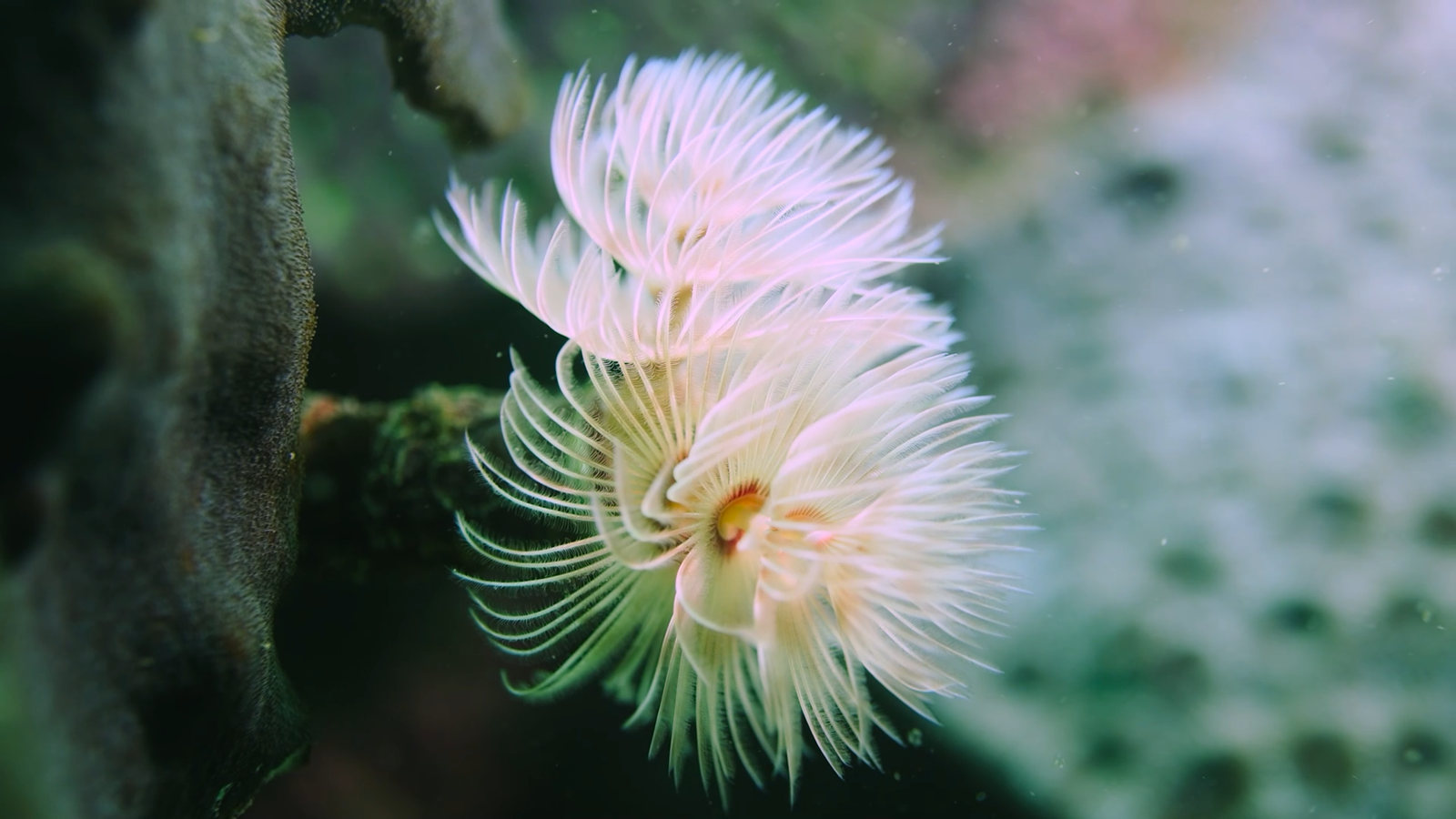
"Hong Kong Nature Story" Stills
After living in Hong Kong for nearly thirty years, Ye Yang's understanding of Hong Kong is a long process. "I remember launching an in-depth city walking activity called 'Our Hong Kong Story' many years ago. Every time, I walked with a group of Hong Kong young people in a certain area of the city for a few hours, chatting along the way. Many friends It is said to be very interesting, because you will find that the environment around you, whether it is a street or an old tree, may be something you have never noticed. Once you start to pay attention, you will find that the beauty around you is actually there all the time. I think to love a place is to love all its outlines and details. I have lived in Hong Kong for a long time and I know that maybe half an hour ago you were in Lan Kwai Fong, and half an hour later you will be in the deep mountains and old forests, full of birds and flowers. Hong Kong citizens A large part of the level of spiritual life is actually given to nature."

"Hong Kong Nature Story" Stills
It is well documented that about three-quarters of the 1,108 square kilometers of land in Hong Kong are rural areas. In this regard, Ye Yang emphasized that the presentation of "Hong Kong Nature Stories" is not from the perspective of tourists. "This documentary shows the original appearance of Hong Kong, but this part of Hong Kong is not well known to outsiders. The city and nature are embedded and integrated into each other. Oneness is what Hong Kong should have been."
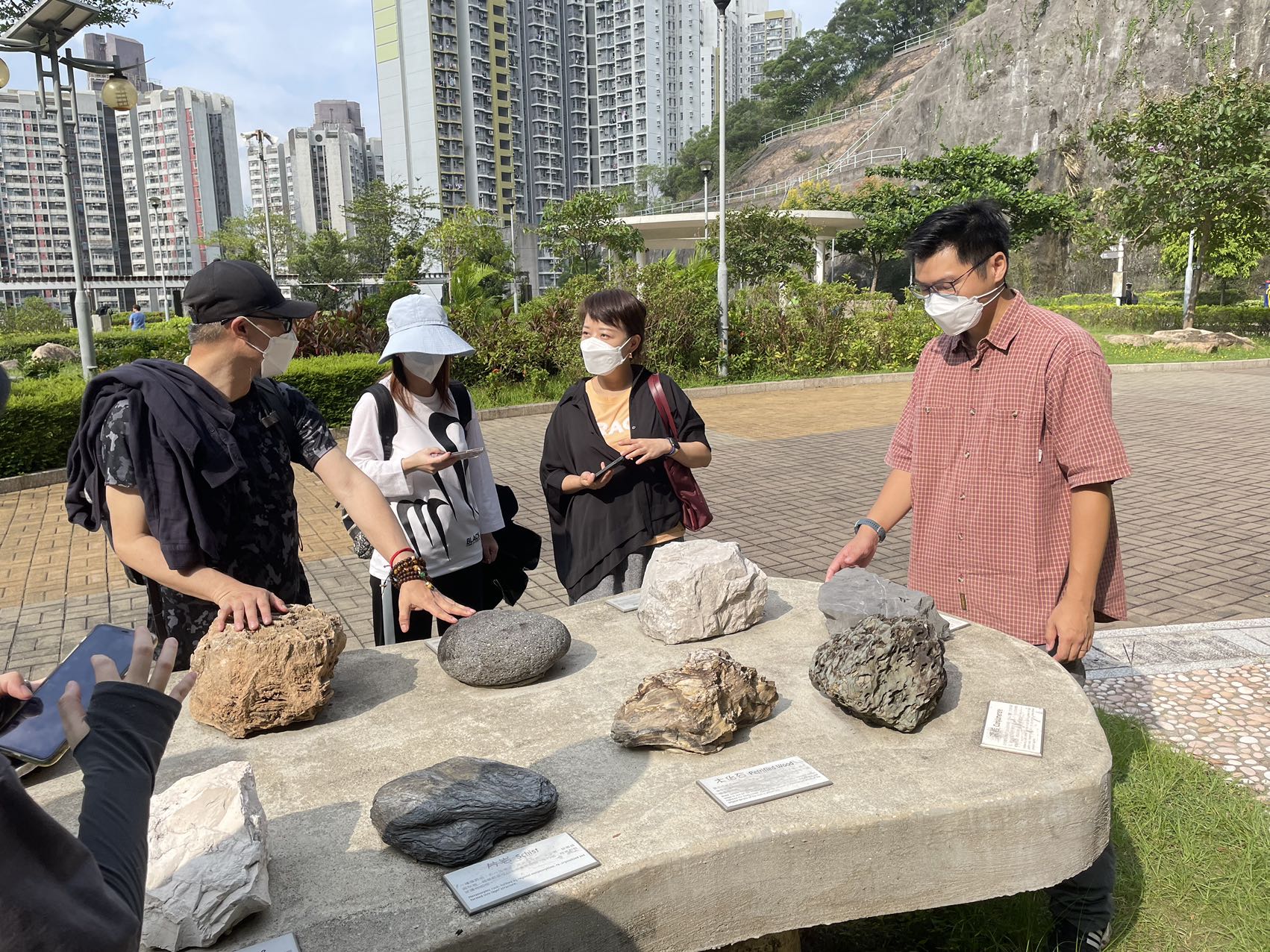
Ye Yang (second from the right) at the shooting site of The Rock
"Hong Kong is a harbor city. Take Phoenix Satellite TV's Hong Kong headquarters where we are located as an example. It is located in an industrial area, but there is Tai Po Waterfront Park a few steps away from the downstairs, and there is a vast sea in front of it." In Ye Yang's view, Hong Kong is not only a financial center, but also a shipping center and a logistics center. It is built on the water, and it has already penetrated into the blood of Hong Kong people. "The natural marine culture is infused into people's spiritual level, and it is the character of this city to be aggressive. Moreover, from Fujian to Guangdong and then to Hong Kong, they share similar traditional cultures. There are seventy or eighty Mazu Empresses here. The cultural roots of the Tin Hau Temple can be traced back to ancient times. Perhaps in the past people "just lived in this mountain" and did not pay special attention to these things."
"As we all know, Hong Kong may be the city with the fastest daily pace of citizens in Chinese cities. The epidemic has pressed the pause button for the city, and people's hiking and outing activities in the past three years have become more active. Many young people or KOLs posted on social networking sites The small videos are all in the mountains and rivers here. This city looks like the size of a palm, and many Hong Kong people live in a cramped reinforced concrete 'forest' every day, but this city gives everyone a space to turn around. Looking not far away from the CBD and residential buildings, there are either mountains or the sea, another boundless world.”
"Shooting nature documentaries is not a rare subject. Overseas, such as the BBC's "Blue Planet", they tell purely natural stories, such as 'A Family of Ants' and 'Kingdom of Orangutans'. "Hong Kong Nature Stories" tells It is a story about man and nature. There may be a forest ranger, how he gets along with two birds all his life. There will also be a smooth transition between urbanites and closeness to nature. For example, a bank executive, who usually lives in a building In a suit and leather shoes, but on the weekend on the kayak, showing his solid abs and hitting the water."
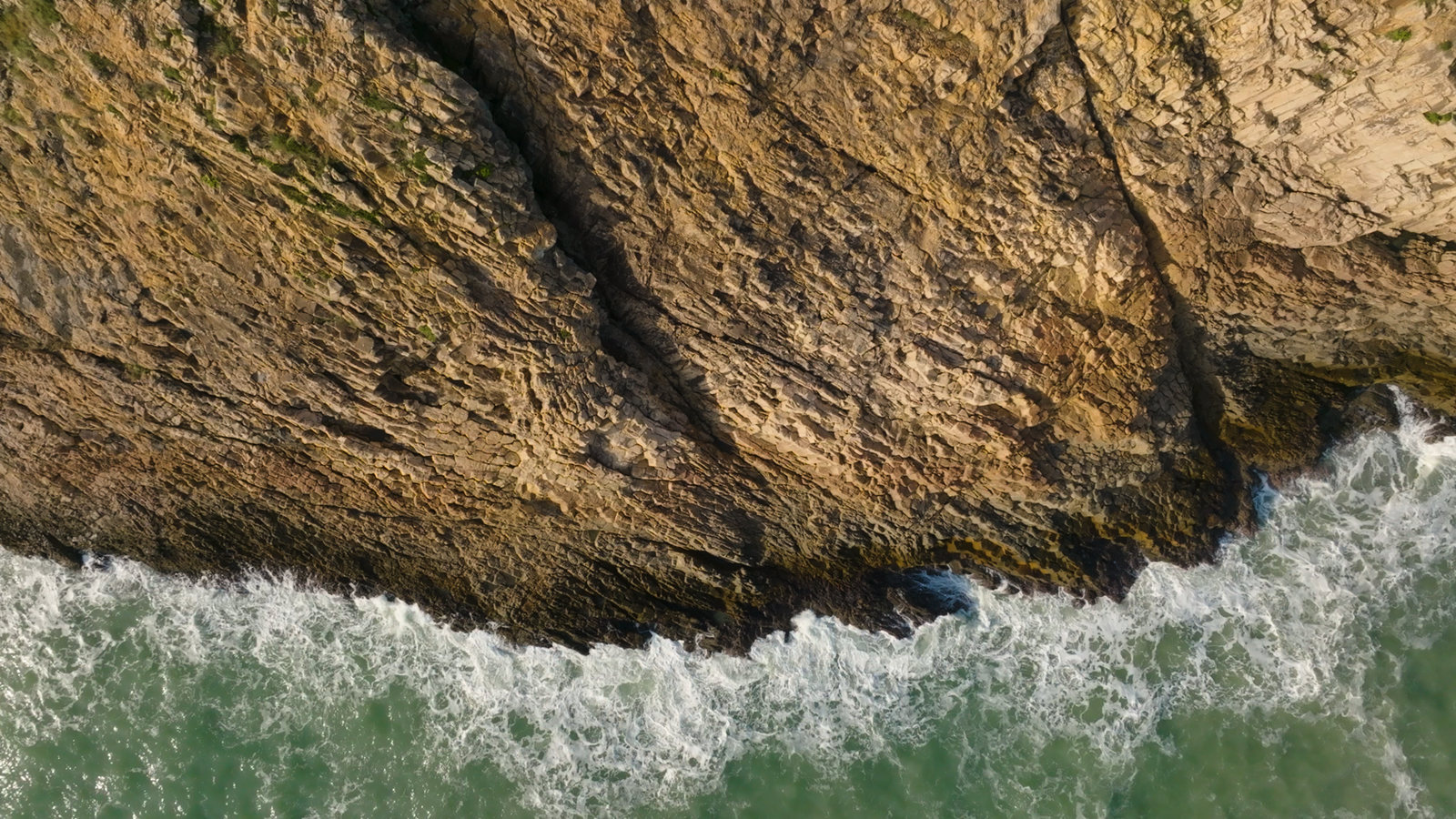
"Hong Kong Nature Story" Stills
"One of the most important points of our project is to demonstrate Hong Kong's sustainable development competitiveness. While Hong Kong has developed from a few thousand people to an international city with 7.5 million people, it can still maintain such biodiversity and such beautiful nature. Ecological environment, this is a great skill. The development of almost all countries and regions in the world today is faced with the problem that urbanization and ecological civilization cannot be balanced. How did Hong Kong do it? In the conservation policy of ecological civilization, sustainable urban development In terms of accumulated experience and long-term strategy, Hong Kong is likely to be a model student that everyone has not noticed. Phoenix Satellite TV has long-term cooperative relations with UNESCO and WWF, and is also a member of the United Nations Sustainable Development Media Compact Alliance ( SDG media compact), we very much hope to launch this documentary to the international community and share Hong Kong's experience with the world." Ye Yang said.
"This time I still walk in the unique genetic context of satellite TV documentaries"
Since joining Hong Kong Phoenix Satellite TV in 1999, Ye Yang has filmed special programs and documentaries in more than 30 countries and regions, carried out international and domestic cooperation, produced hundreds of documentaries, and won many awards at domestic and foreign film festivals. "Phoenix Voyages to the West" (2004-2005), "Silent Autumn Days-Lisbon Maru Survival Story" (2007), and "First Justice" (2011) are all her previous projects.

Chief Planner and Producer of "Hong Kong Nature Story", Ye Yang, Deputy Director of Chinese Channel of Phoenix Satellite TV
"The (documentary) produced by Phoenix has a common characteristic: it not only pays attention to major events, but also focuses on specific details, focusing on the people and individuals involved in the events, and the warmth and warmth they experience." Ye Yang said that since the establishment of Phoenix Satellite TV in 1996, It will soon catch up with the return of Hong Kong (shooting a large-scale documentary). "We call this 'television action', such as the early 'Millennium Journey', 'Journey to the Pole', 'Journey to Africa', etc., and made a lot of exploration records across civilizations and continents."
"'Phoenix' has always been very humanistic and geographical. When it comes to this "Hong Kong Nature Story", it still walks in the unique genetic context of satellite TV documentaries, which is what we are good at doing. We hope to use Hong Kong as a showcase, Showing this documentary internationally will have reference value for international cities such as Tokyo, London, New York, and Shanghai."

"Hong Kong Nature Stories" presents six scenes: rocks, forests, waterfronts, oceans, fields, and wetlands
"Since filming started in September last year, after autumn, winter, spring and summer, "Hong Kong Nature Story" is expected to officially meet the audience in September this year. It will be filmed at the same time as the TV documentary, and the documentary film of the same name will also enter the national theaters in 2024. "Ye Yang emphasized that in addition to the chief director Zhou Bing, "Our music director, documentary film distribution director, and many group directors, most of the participants are native Hong Kong people. The team is currently intensely filming. Middle. The music director this time is Chen Shaoqi, he will work with Jin Peida to produce the theme song for the documentary, I hope their combination can reproduce the classic Hong Kong flavor of Huang Zhan and Gu Jiahui (cooperation) back then." Ye Yang said.
"It's been a long time, I can't bear the changes in this life. It's like floating clouds, entangled with this vicissitudes of tiredness..." Since entering the Hong Kong music scene in the 1980s, he wrote lyrics for "The True Colors of Heroes 3" starring Anita Mui at the age of 24 "Song of the Sunset", Chen Shaoqi told The Paper that she is 60 years old this year, and she has settled down in Beijing for nearly 20 years. "My current work status is to run on both sides of the mainland and Hong Kong. The documentary "Hong Kong Nature Story" has 6 themes, namely rocks, forests, waterfronts, oceans, fields and wetlands. I will create a song based on each of these themes Theme music. Plus a theme song for the entire film, which will be composed by me and Jin Peida (lyricist).”
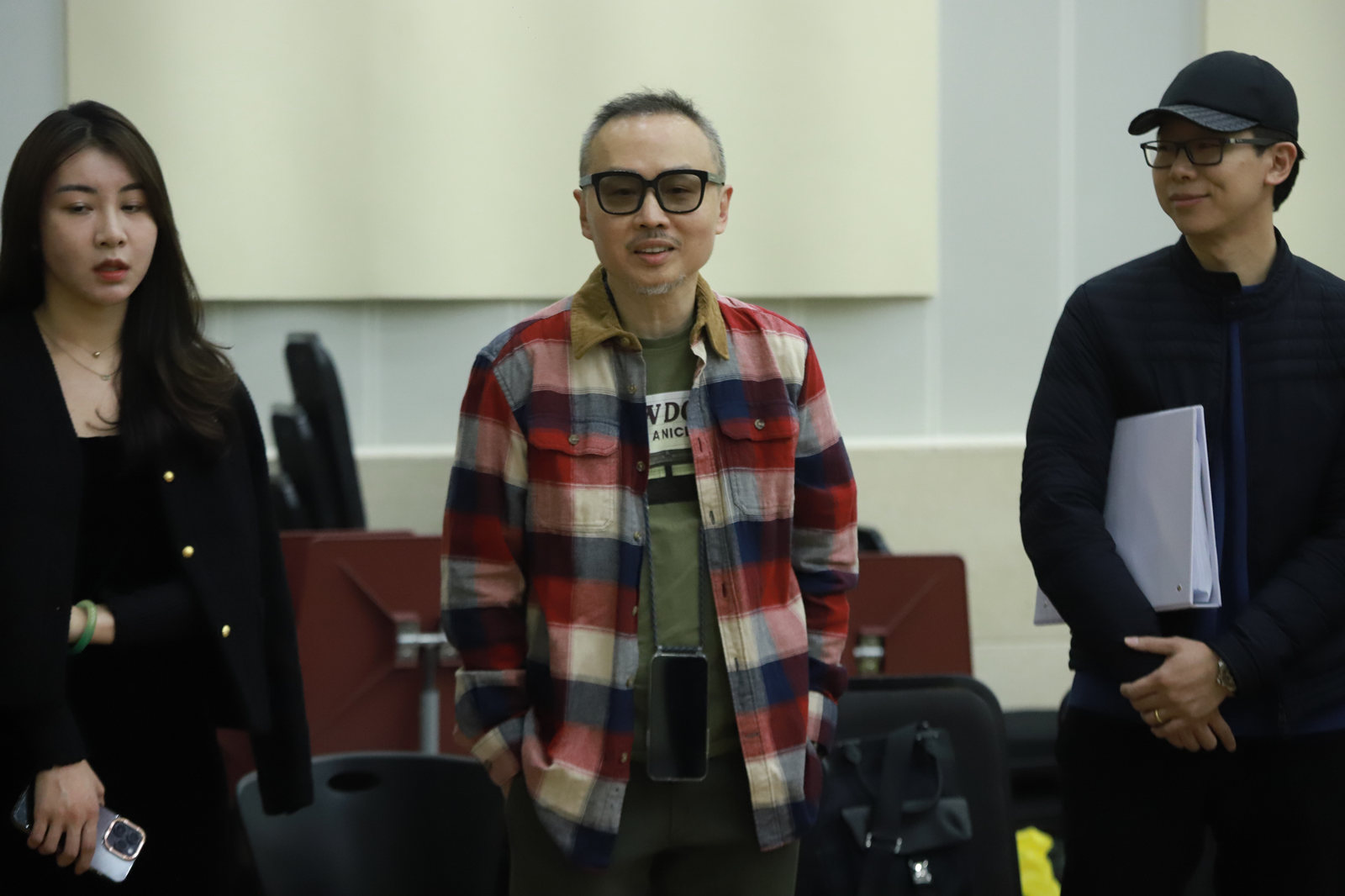
Chen Shaoqi, music director of "Hong Kong Nature Story"
"In fact, the difficulty of this creation is not in technology, not in instrumental music and painting style, but in creativity." Chen Shaoqi explained, compared with the popular song "Welcome to Beijing" produced for the 2008 Beijing Olympics, this time On the contrary, this time I felt a little "timidated by being close to the hometown". "I told Ye Tai (Ye Yang) that the reason why I took this case was because of my own feelings. I was born in the suburbs of Hong Kong, and I used to run around in nature when I was a child. Furthermore, Our family, including my wife and daughter, are all vegetarians and conservationists. We usually don’t use plastic straws when we go out to drink. So I feel that I can participate in a film showing Hong Kong’s nature My pleasure."

"Hong Kong Nature Story" Stills, Wetland
According to reports, the big movie "Hong Kong Nature Stories" is different from the 12-episode TV documentary. Take out an independent story line, which will have the relationship between the protagonist and supporting characters."
Recommended by Director Er Dongsheng, Zhang Jingwei, a well-known filmmaker who once won the Grand Slam (three nominations and three awards) at the Golden Horse Awards with the documentary feature film "Music Life", will be the grand slam of "Hong Kong Nature Stories" this time. Distribution director of the film. He told The Paper, "We didn't condense the 12-episode documentary into one movie. In that case, the audience would not buy it. You must know that very few documentaries around the world enter theaters. Director Zhou Bing I started creating and filming in the middle of the year, and I probably joined in October last year to help him find a selling point that will let the audience into the theater, bringing out the drama of the film."

Zhang Jingwei, director of film distribution of "Hong Kong Nature Story"
As a native of Hong Kong, Zhang Jingwei said that he often participated in outings and camping organized by the school when he was in elementary school, and the government would set aside special areas for these activities, provide tents and grills for barbecue, and encourage everyone to get close to nature . "Hong Kong is not a big place. If you pass through a densely populated area, you may see a mountain in front of you. So if you want to go climbing, you can take a bus or walk. My family lives in Tsuen Wan, and I took a dozen bus stops since I was a child (he emphasized that the Hong Kong bus The distance between each station is very short) to Tai Mo Shan in the center of Hong Kong Island. It is the highest peak in Hong Kong and the highest peak in South China, higher than Baiyun Mountain and Wutong Mountain. Standing on the top of the mountain, you can enjoy almost all of Hong Kong When the weather is fine, you can overlook Guangdong."

"Hong Kong Nature Story" set photo
"Subtle emotions blend together, in the end it is love"
Zhou Bing, the chief director of "Hong Kong Natural Stories", has worked in CCTV for 20 years. He used to be the director of the special program department of the Central New Film Group, and the art director of Zhou Bing Director Studio of the Central New Film Group. Founded the Beijing-Hong Kong Oriental Son Film and Television Agency, and the new media platform "Fall in Love with Documentaries". In the past, masterpieces such as "Forbidden City", "Taipei Forbidden City", "Witness to Hong Kong Forbidden City", "Dunhuang", "Southern Seas" and "The Bund" directed by him have won the Magnolia Award, Golden Panda Award, Starlight Award, and Golden Eagle Award. "One" and more than 20 national-level awards, and won the "Director of the Year" for Chinese documentaries three times.
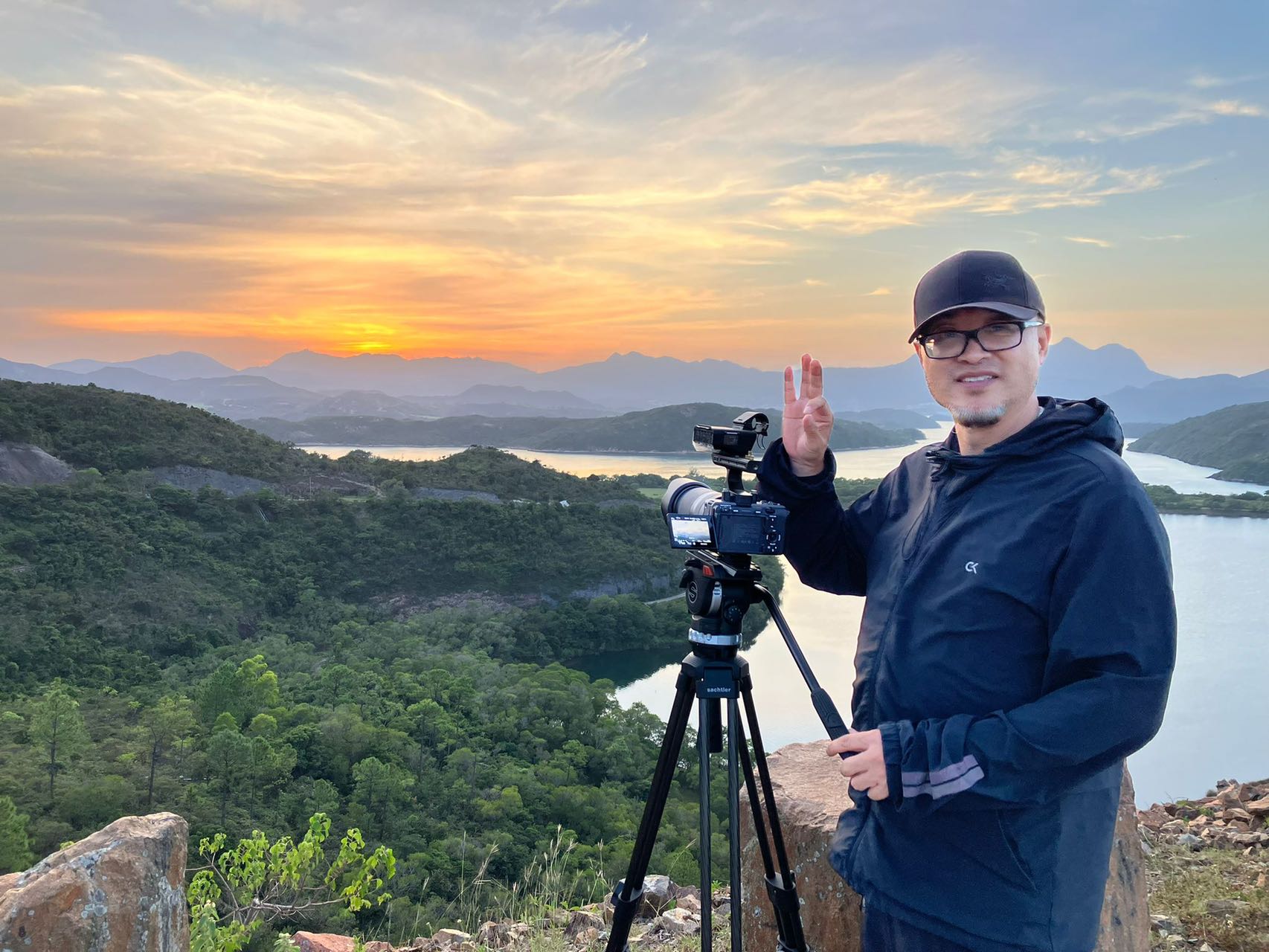
"Hong Kong Nature Story" chief director Zhou Bing
After decades of documentaries, Zhou Bing said that in the current era when everyone can use mobile phones to create video works, professional documentary directors must embrace the most advanced shooting technology. "French filmmaker Jacques Behan is a predecessor I admire very much. In the 1990s, he began to turn to the shooting of nature documentaries. The biggest inspiration he gave me is that when making every nature documentary, he will develop the latest Shooting technology. For example, "Migrating Birds" was released in 2001. At that time, drones for aerial photography had not yet been born. camera."
"Our counterparts in Radio Television Hong Kong have made landscape films here in the past, and some environmental protection organizations have also made similar short documentaries. The biggest difference we have this time is to tell you an unprecedented and unheard-of 'Hong Kong Nature Story'. In addition to story excavation and telling Innovations in angles, and innovations in vision and imaging technology. For example, we will shoot ants in tree holes this time, and tree frogs in swamps that are only the size of fingernails. This requires a lot of special macro shooting equipment. "
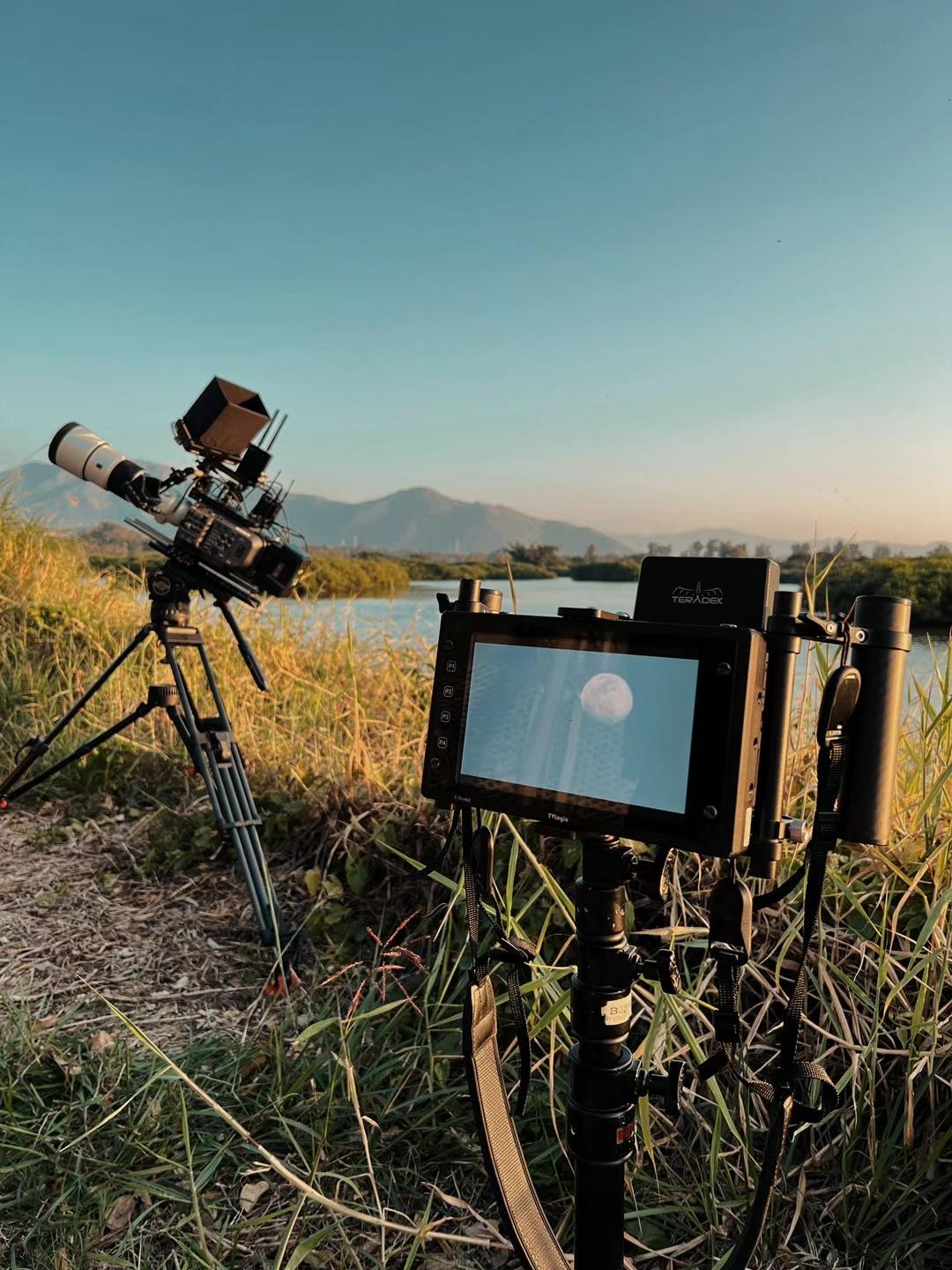
"Hong Kong Nature Story" set photo
In Zhou Bing's view, documentaries should show natural poetry. "We use a long lens to shoot the starry sky and the universe within a few hours, and then switch to the subtle growth changes of a certain plant. In the film, such a large and small display may be one or two shots. There must be technology behind it. 8K ultra-high-definition cameras will also be used in many scenes of shooting wild animals this time.”
To disassemble "Hong Kong Nature Story", "Hong Kong" is limited to the region, "nature" is the object of photography, and "story" should focus on people. "From environmental researchers, volunteers and conservationists who are passionate about nature in Hong Kong, different angles, dimensions and age groups will be incorporated into our story scripts, which will also tell the stories of three or even four generations of people and nature. .This filming will be mainly in Cantonese, with both Hong Kong's local humanities and history, as well as many scientific wonders."

Zhou Bing (middle) directed the shooting in the countryside of Hong Kong
In Zhou Bing's view, there is no end to learning in the vast world. After taking over this project, I kept doing my homework. "Regarding the geographical origin of Victoria Harbor, the academic community has put forward a point of view. It is a crater formed by a meteorite impact in ancient times. There are also causes of volcanic eruptions and crustal fractures. We need to use stories and visual effects. In addition, we will also introduce the past and present of Victoria Harbor in the film."
After consulting the information, the creative team noticed that as a symbol of Hong Kong, Victoria Harbor was once a "stinky harbor". "The reason is not difficult to imagine. It is located in the center of Hong Kong's city. More than half of Hong Kong's population lives in the cross-strait areas. The disorderly discharge of industrial and domestic wastewater has caused this problem over time. From the 1970s to the beginning of this century, Victoria Harbor has always been emitting a stench, and a turning point occurred on the eve of Hong Kong's return in 1997. In order to purify water quality, the Hong Kong Special Administrative Region Government launched a series of tunnel sewage treatment projects. From 1995 to 2015, it was collected through a 21-kilometer-long pipeline deep into the seabed , purification and re-discharge have significantly improved the water quality of Victoria Harbour. Now corals have grown here again, and the diversity of natural ecology has returned.”
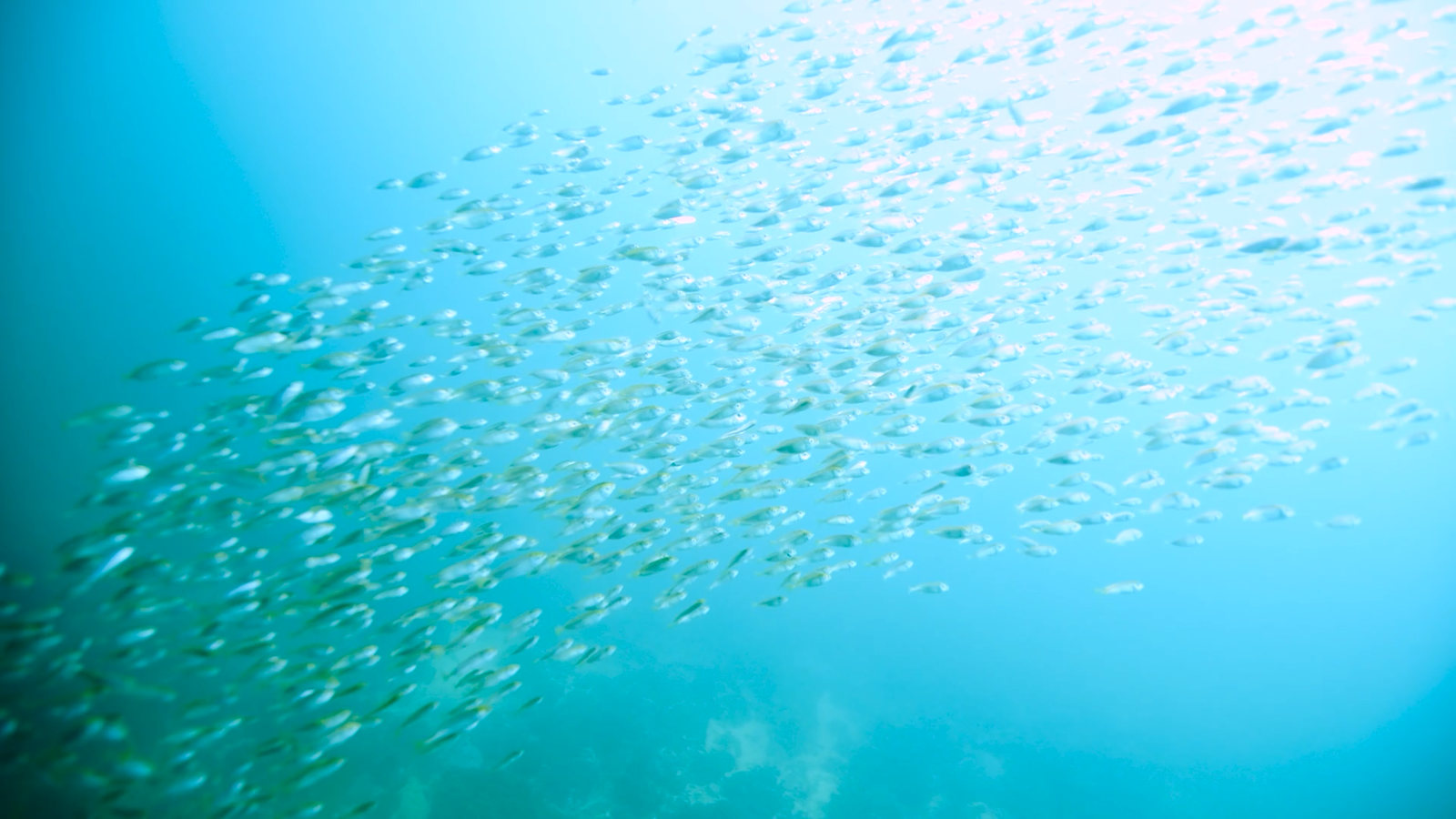
"Hong Kong Nature Story" Stills
Having settled in Hong Kong for many years, Zhou Bing said that his favorite sports in his spare time are hiking (mountain climbing), and going to see the sea when he is stressed, and sitting by the sea for an afternoon. "Many of the ideas in "Hong Kong Nature Stories" this time were written by me sitting on the beach. In fact, Hong Kong's coastline management also pays attention to scientific strategies. It is not simply laying down reinforced concrete—oysters guard the natural coastline here ecology, while about 16% of Hong Kong’s coastline is still artificial seawalls. How to find a balanced solution that can not only take advantage of the advantages of artificial seawalls, but also improve the biodiversity environment of the coast? Hong Kong marine ecologist, Professor Leung Mei-yee, director of the State Key Laboratory of Marine Pollution at the City University of Hong Kong, came up with a solution: reusing waste, upgrading the ash and waste discarded from incinerators into environmentally friendly ecological bricks, and installing them in Lantau Island, West Kowloon and other places all over Hong Kong. seawall. After 12 consecutive months of monitoring, it was found that the marine biomass increased by 4 times."
Among the six major topics of "Hong Kong Nature Stories", Zhou Bing believes that "rock" is the most difficult to present. "Sitting on the beach, I was thinking that it would be very monotonous if we took pictures of rocks without any surprises. At that time, we had a sudden idea that we should not shoot the story of 'solidified' rocks, but show the 'growth' of rocks. ——It is divided into two aspects: one is to photograph the ecosystem of the rock itself; the other is to compare the life span of human beings and even human history, the formation of rocks may take tens of millions or even hundreds of millions of years, and the earliest rocks in Hong Kong can be pushed to 400 million years ago. The current landform of Hong Kong was formed about 10,000 to 3,000 years ago. 10,000 years ago, Hong Kong and even Southeast Asia were still connected to the mainland. Later, the sea level rose, and the shape of an island was formed. state."
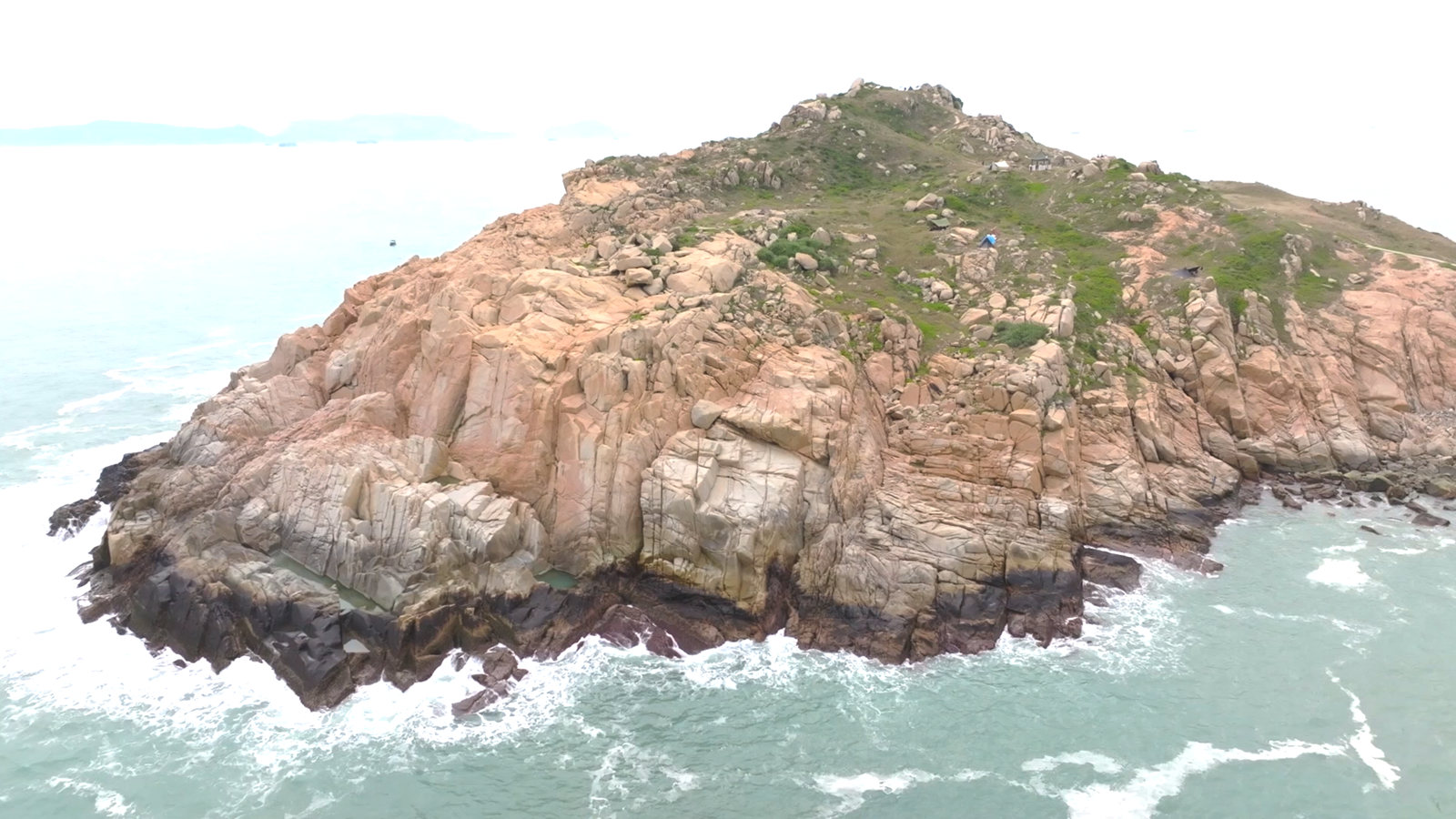
"Hong Kong Nature Story" Stills
"I hope to shoot "Hong Kong Nature Stories" with a kind of enthusiasm, so as to convey the story of warmth and mutual care between people and nature. These subtle emotions blend together, in the final analysis, it is love, we love the land under our feet , I love the sky and the sea here." Zhou Bing said that he is often moved by the civilized quality of ordinary Hong Kong citizens, "I have seen people picking up garbage in valleys, picking up garbage on the shore, and even diving into the seabed. Picking up rubbish, everything they do is to care for the nature and beauty here." Zhou Bing finally said.

"Hong Kong Nature Story" Stills, Waterfront
